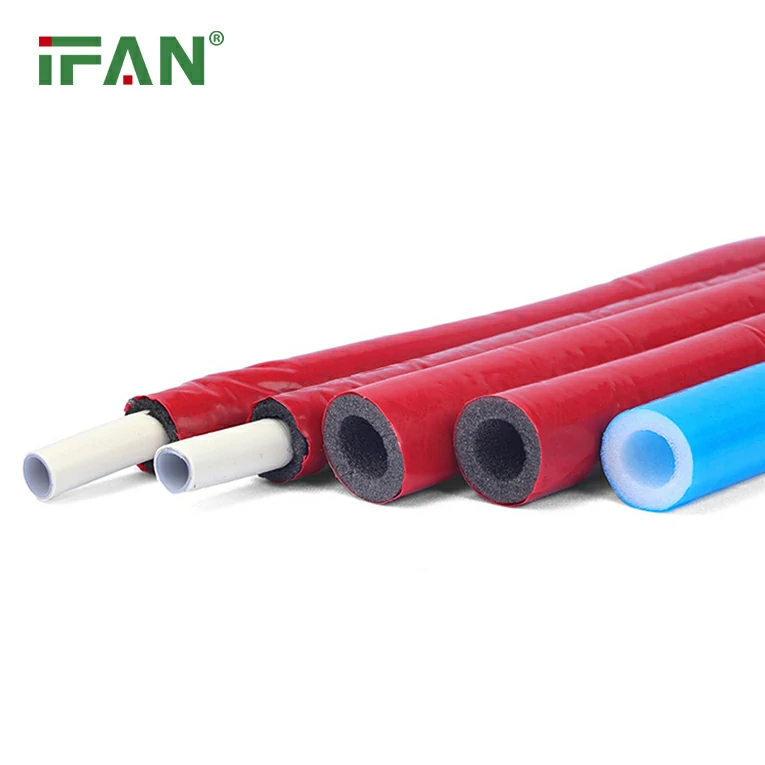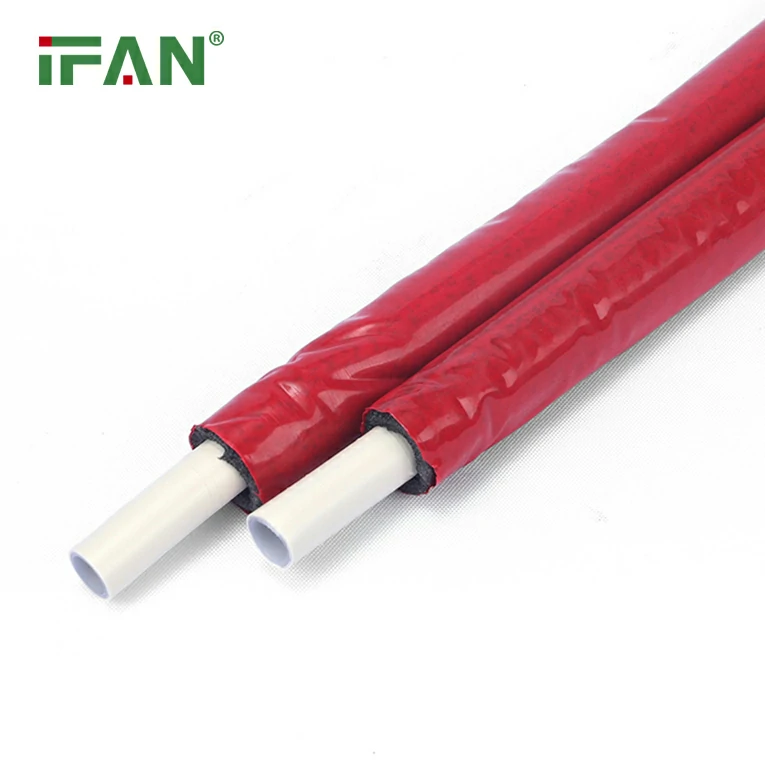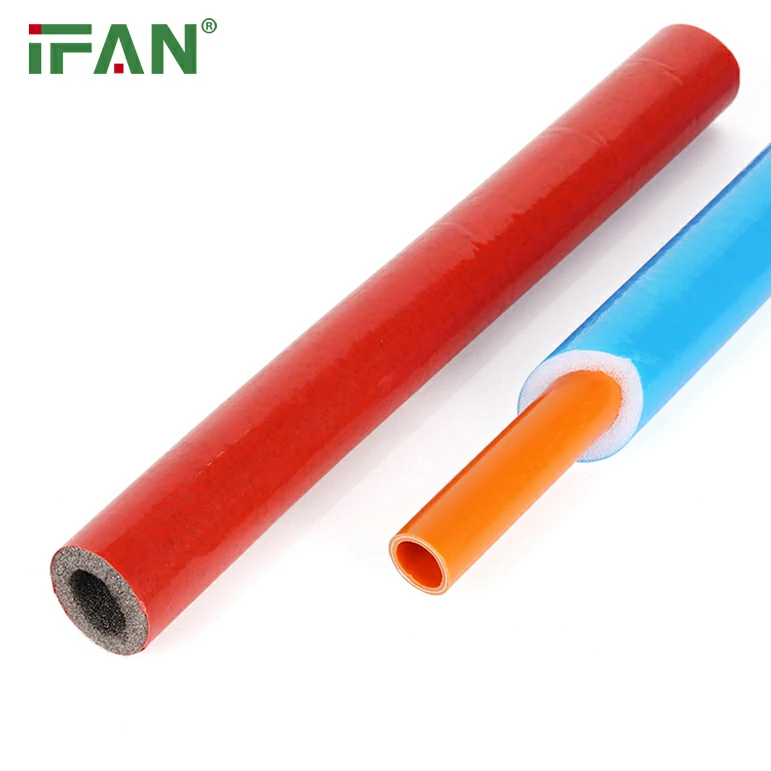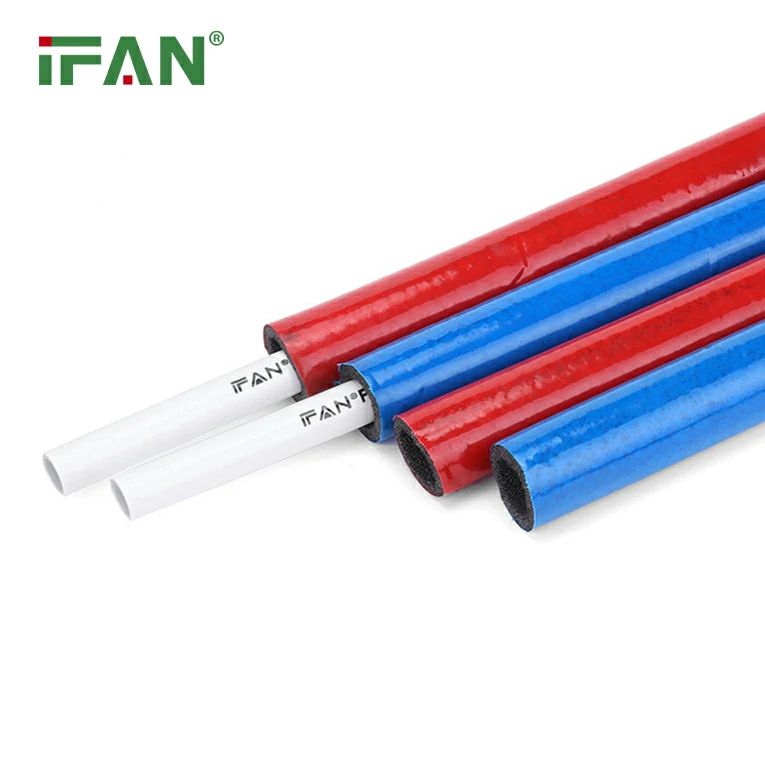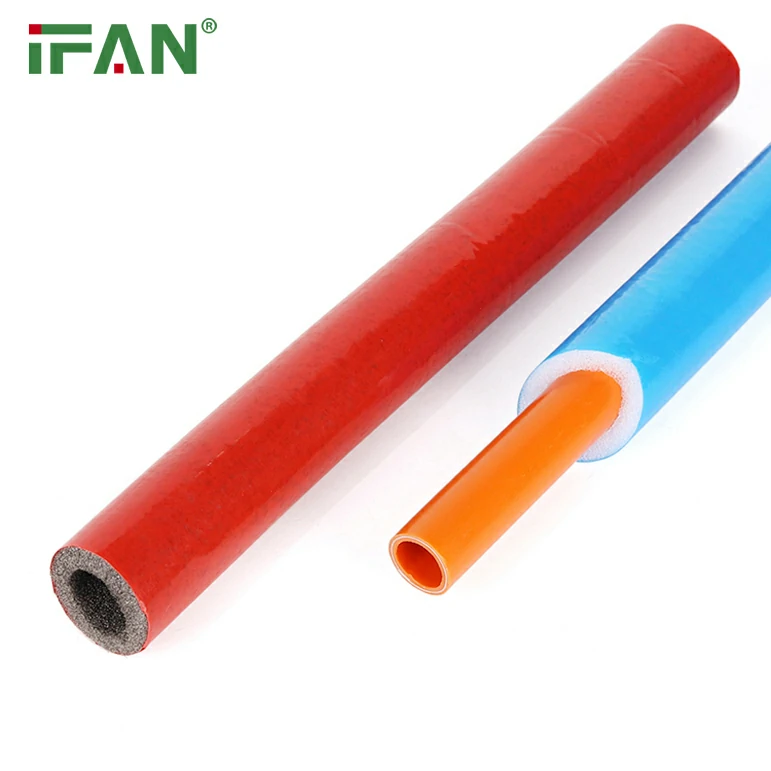Introduction
In Malaysia, the dream of owning a home is often overshadowed by challenges, especially for public housing tenants. Among the many components that contribute to a comfortable living environment, the plumbing system plays a crucial role. Specifically, the use of PPR (Polypropylene Random Copolymer) pipes has emerged as a potential solution to enhance the quality of public housing. This article explores the significance of PPR pipes in public housing, their benefits, and how they can help transform the housing landscape for tenants in Malaysia.
Understanding PPR Pipes
What are PPR Pipes?
PPR pipes are made from polypropylene, a type of plastic known for its strength, durability, and resistance to corrosion. These pipes are widely used in plumbing systems for both hot and cold water applications, making them an ideal choice for residential and commercial properties.
Benefits of PPR Pipes
- Durability: PPR pipes can last for over 50 years, significantly reducing the need for frequent replacements.
- Corrosion Resistance: Unlike metal pipes, PPR does not rust, ensuring that water remains clean and safe for consumption.
- Lightweight and Easy to Install: The lightweight nature of PPR pipes makes them easier to handle and install, which is particularly beneficial in public housing projects where cost and efficiency are paramount.
- Cost-Effective: While the initial investment may be higher, the long-term savings in maintenance and replacement costs make PPR pipes an economical choice for public housing.
The Current State of Public Housing in Malaysia
Challenges Faced by Public Housing Tenants
Public housing in Malaysia has been a vital aspect of the government’s efforts to provide affordable living conditions for low to middle-income families. However, tenants often face several challenges, including:
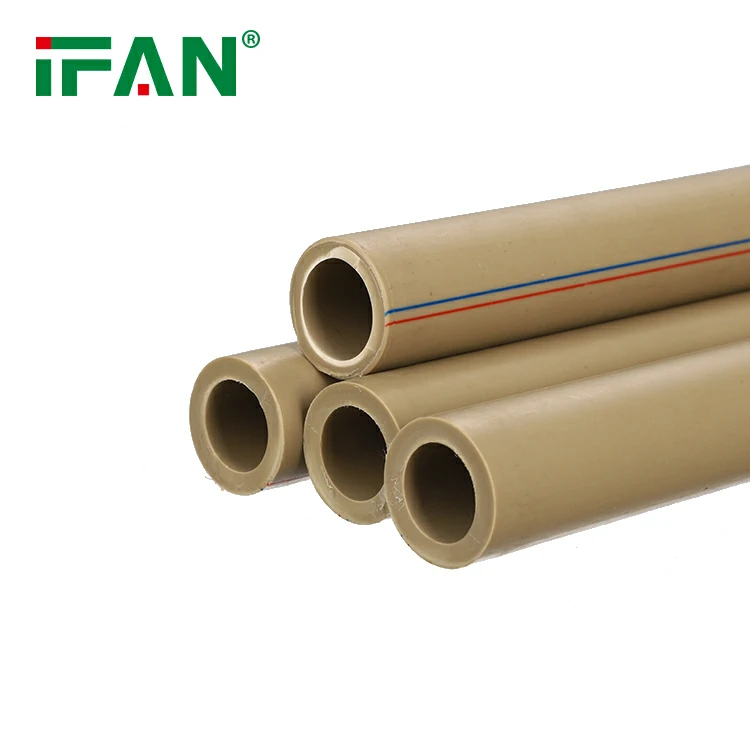
- Poor Infrastructure: Many public housing units suffer from outdated plumbing systems, leading to frequent leaks and water quality issues.
- Limited Resources: Public housing tenants often have limited financial resources to invest in home improvements, affecting their quality of life.
- Lack of Maintenance: Insufficient maintenance of public housing facilities can lead to deteriorating conditions, making homes less livable.
The Role of PPR Pipes in Improving Public Housing
Implementing PPR pipes in public housing projects can significantly enhance the living conditions for tenants. Here’s how:
- Upgrading Plumbing Systems: By replacing outdated pipes with PPR pipes, public housing units can benefit from improved water flow and reduced leaks, ensuring that tenants have access to clean water.
- Reducing Maintenance Costs: The durability of PPR pipes means fewer repairs and replacements, which can alleviate financial burdens on tenants and housing authorities alike.
- Enhancing Property Value: Upgrading plumbing systems with PPR pipes can increase the overall value of public housing units, making them more attractive to potential buyers or tenants.
Government Initiatives and Support
Public Housing Programs
The Malaysian government has implemented various public housing programs aimed at providing affordable housing options for citizens. These initiatives often include provisions for upgrading infrastructure, including plumbing systems.
Funding for Upgrades
To facilitate the transition to PPR pipes in public housing, the government can explore various funding options, including:
- Subsidies: Offering financial assistance to housing authorities for the installation of PPR pipes can encourage the adoption of these durable materials.
- Public-Private Partnerships: Collaborating with private companies that specialize in PPR pipe manufacturing and installation can help reduce costs and improve efficiency.
The Impact of PPR Pipes on Tenants’ Lives
Improved Living Conditions
The installation of PPR pipes in public housing can lead to significant improvements in tenants’ living conditions. Some benefits include:
- Better Water Quality: PPR pipes do not leach harmful substances, ensuring that the water supply remains safe for consumption.
- Increased Comfort: Reliable plumbing systems contribute to a more comfortable living environment, allowing tenants to enjoy their homes without the worry of leaks or plumbing issues.
Empowering Tenants
By investing in PPR pipe infrastructure, the government can empower tenants to take pride in their homes. When tenants see improvements in their living conditions, they are more likely to engage in community initiatives and take responsibility for their surroundings.
Case Studies: Successful Implementation of PPR Pipes
Example 1: Urban Renewal Projects
Several urban renewal projects in Malaysia have successfully integrated PPR pipes into their plumbing systems. These projects have demonstrated the benefits of using durable materials and have resulted in improved living conditions for tenants.
Example 2: Community Involvement
In some cases, community organizations have partnered with local governments to advocate for the installation of PPR pipes in public housing. These initiatives have not only improved infrastructure but have also fostered a sense of community among residents.
Conclusion
The dream of homeownership for public housing tenants in Malaysia can be significantly enhanced through the implementation of PPR pipes. By upgrading plumbing systems, reducing maintenance costs, and improving water quality, PPR pipes can transform the living conditions of tenants. With government support and community involvement, the dream of owning a comfortable, safe home can become a reality for many Malaysians.
FAQs
1. What are PPR pipes used for?
PPR pipes are primarily used in plumbing systems for hot and cold water supply, irrigation, and industrial applications.
2. How long do PPR pipes last?
PPR pipes can last for over 50 years when installed correctly and maintained properly.
3. Are PPR pipes safe for drinking water?
Yes, PPR pipes are safe for drinking water as they do not corrode or leach harmful substances into the water supply.
4. How can I identify quality PPR pipes?
Quality PPR pipes can be identified by checking for certifications, purchasing from reputable manufacturers, and inspecting the physical quality of the pipes.
5. Can PPR pipes be used in outdoor applications?
Yes, PPR pipes can be used for outdoor applications, but they should be protected from direct sunlight to prevent degradation over time.

